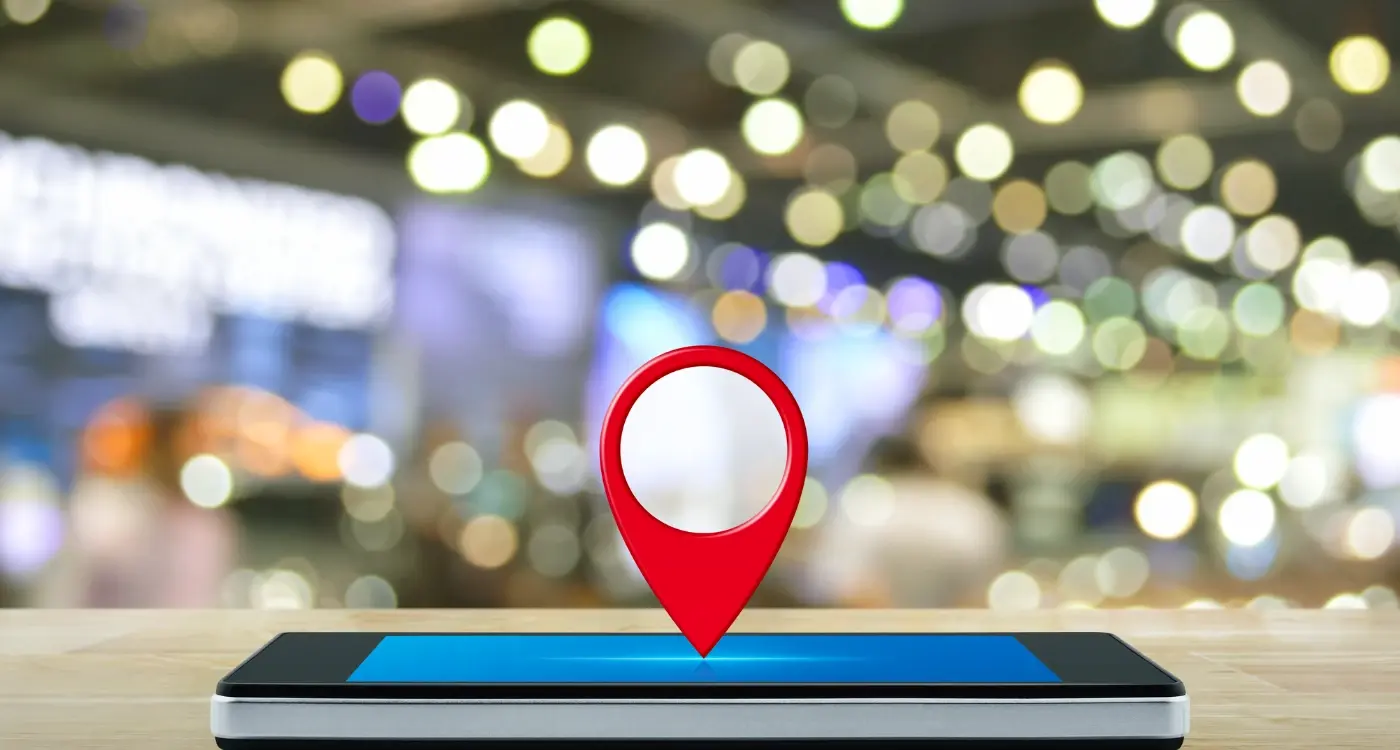Do I Need Edge Computing for My App Idea?
Here's something that'll make you think twice about your mobile app strategy: 73% of app developers now use some form of edge computing without even realising it. That's right—from simple caching to complex real-time processing, edge technologies have quietly become part of how we build modern apps. But here's the thing: just because it's popular doesn't mean your app needs it.
I've been working with app creators for years, and I see the same pattern over and over. Someone hears about edge computing at a tech meetup or reads about it online, then suddenly they're convinced their fitness tracking app or recipe sharing platform needs this cutting-edge technology. The truth is much simpler than the hype suggests.
The best technology decisions aren't about what's newest or most impressive—they're about what actually solves your users' problems
This guide exists because making a proper technology assessment for your mobile app shouldn't feel like guesswork. You need clear, practical guidance that cuts through the marketing noise and helps you understand whether edge computing makes sense for your specific requirements. We'll walk through what edge computing actually does, when it's genuinely useful, and when it's just expensive overhead that your app doesn't need. By the end, you'll have the knowledge to make an informed decision that serves your users and your budget.
What Is Edge Computing?
Edge computing is a way of processing data closer to where it's actually needed, rather than sending everything to distant servers. Think of it like having a small computer right next to your mobile app instead of making it talk to a computer that might be hundreds of miles away.
Normally, when your mobile app needs to do something complicated—like recognising what's in a photo or processing lots of information—it sends that data over the internet to powerful servers in data centres. These servers do the work and send the results back to your phone. This works fine most of the time, but it can be slow.
Where Does Edge Computing Live?
Edge computing puts small, smart computers much closer to users. They might be in mobile phone towers, local internet exchanges, or even right in the same building. Some edge computing even happens directly on your phone itself—that's called "on-device processing."
Why Would Anyone Want This?
The main benefit is speed. When your app doesn't have to send data halfway across the country and wait for a response, things happen much faster. This matters for apps that need instant responses—like augmented reality games or real-time video effects.
Edge computing also helps when internet connections are patchy. If the processing happens locally, your app can keep working even when the connection to those distant servers gets wobbly. Plus, some people prefer their personal data staying closer to home rather than travelling across multiple networks.
The downside? It's more complicated and expensive to set up. You need multiple smaller computers instead of one big powerful one, and managing them all takes more work.
How Mobile Apps Usually Work
Most mobile apps follow a pretty straightforward pattern when it comes to handling data and processing tasks. Your phone does the heavy lifting locally—things like displaying screens, handling button taps, and running basic calculations. When the app needs information it doesn't already have, it sends a request over the internet to a server somewhere else.
Think of it like this: your phone is brilliant at showing you things and responding to your touches, but it's not so good at storing massive amounts of data or doing complex calculations that take ages. That's where servers come in. These are powerful computers sitting in data centres that can store millions of user accounts, process payments, or crunch through complicated algorithms.
The Basic Mobile App Architecture
Here's how the typical mobile app handles different tasks:
- User interface and basic interactions happen on your phone
- Data storage and retrieval happens on remote servers
- Complex processing gets sent to the server and results come back
- Real-time features like messaging use server connections
- Updates and new content get downloaded from servers
This setup works well for most apps because it keeps your phone's battery life reasonable whilst giving you access to powerful features. The downside? Everything depends on having a decent internet connection. No internet means no fresh data, no syncing, and often a pretty useless app.
When planning your mobile app requirements, remember that the traditional server-based approach works for about 90% of app ideas—don't overcomplicate things unless you genuinely need to.
This traditional approach has served the mobile app world well, but it's not perfect for every situation. Some apps need faster responses or work in places where internet connections are spotty.
When Your App Might Need Edge Computing
Right, let's get to the meat of it—when does your app actually need edge computing? After years of building apps, I can tell you that most don't need it. But there are some clear situations where it becomes really useful.
The biggest clue is latency. If your app needs to respond to users in milliseconds rather than seconds, edge computing starts making sense. Think about augmented reality apps that overlay digital information on what your camera sees—any delay makes the whole experience feel broken. Gaming apps that need split-second reactions fall into this category too.
Apps That Handle Sensitive Data Locally
Health apps processing personal medical data often benefit from edge computing because they can analyse information without sending it to distant servers. Understanding the difference between fitness and nutrition apps can help you determine which type of health data processing your app actually needs. Financial apps doing fraud detection work similarly—they need to make quick decisions about transactions whilst keeping sensitive data close to home.
Location-based apps represent another sweet spot. If your app provides navigation, tracks fitness routes, or offers location-specific services, processing data at the edge can make responses much faster and more reliable.
High-Volume Data Processing
Here are the main scenarios where edge computing makes business sense:
- Your app processes video or images in real-time
- You're building IoT applications that collect sensor data constantly
- Users expect instant responses even with poor internet connections
- Your app works in areas with limited connectivity
- You're dealing with massive amounts of data that would be expensive to transmit
The common thread? These apps either need lightning-fast responses, handle huge amounts of data, or work in challenging network conditions. If your app doesn't tick these boxes, you probably don't need edge computing.
Signs You Don't Need Edge Computing
Let me be straight with you—most mobile apps don't actually need edge computing. I've worked on hundreds of mobile app projects over the years, and the vast majority work perfectly well without it. The tech industry loves to throw around buzzwords, but adding complexity where it isn't needed is a recipe for disaster.
If your app doesn't handle real-time data processing, you probably don't need edge computing. Think about basic productivity apps, social media platforms, or simple gaming apps. These work fine sending data to regular servers and waiting for responses. Your users won't notice the difference between a 50-millisecond delay and a 20-millisecond one.
When Standard Cloud Solutions Work Better
Your mobile app likely fits into this category if it handles standard user interactions like login systems, content browsing, or basic data storage. E-commerce apps, news readers, and most business applications fall into this group. The existing cloud infrastructure handles these perfectly well—and much more cost-effectively than edge computing solutions.
The best technology decision is often the simplest one that meets your actual requirements, not the most impressive one on paper
Budget and Complexity Considerations
If you're working with a limited budget or timeline, edge computing adds unnecessary complexity to your technology assessment. The infrastructure costs alone can be substantial, and you'll need specialised developers who understand edge architecture. For most startups and small businesses, this represents a poor allocation of resources that could be better spent on user experience or marketing.
Remember, successful mobile apps solve real problems efficiently. If your current requirements don't demand ultra-low latency or offline processing capabilities, stick with proven cloud solutions that are easier to implement, maintain, and scale.
The Real Costs of Adding Edge Computing
Let's talk money—because that's what you're really wondering about, isn't it? Edge computing sounds fancy and technical, but the reality is it comes with some serious financial implications that go well beyond your initial development budget.
The biggest shock for most clients comes from the infrastructure costs. You're not just building an app anymore; you're building a distributed network. That means paying for edge servers in multiple locations, and these aren't cheap. We're talking about monthly costs that can easily run into thousands of pounds, depending on how many locations you need to cover and how much traffic you're expecting.
Development and Maintenance Expenses
Your development timeline will stretch significantly—often doubling or tripling compared to a standard app. The complexity of managing data across multiple edge points means your development team needs specialist skills, and those don't come cheap. You'll need developers who understand distributed systems, network architecture, and edge deployment strategies.
Then there's the ongoing maintenance. Standard apps might need updates every few weeks or months, but edge computing systems require constant monitoring and tweaking. Network conditions change, edge servers need updates, and data synchronisation issues pop up regularly.
Hidden Costs That Add Up
- Data transfer costs between edge locations and your main servers
- Specialised monitoring tools to track performance across multiple nodes
- Security audits for each edge location
- Backup and disaster recovery systems for distributed data
- Support staff training for troubleshooting edge-specific issues
Many businesses underestimate these ongoing operational costs by 50% or more. Before you commit to edge computing, make sure you've budgeted for the long haul—not just the initial build.
Making Your Technology Assessment Decision
Right then, you've made it this far through our guide and now comes the big question—do you actually need edge computing for your mobile app? The honest answer is that most apps don't. But that doesn't mean yours is one of them.
Start with your app's core function. Does it need to work when there's no internet connection? Will users get frustrated if there's even a small delay when they tap something? Are you handling sensitive data that users might be concerned about sharing? If you're answering yes to these questions, edge computing might be worth exploring.
The practical approach
Here's what I'd recommend: build your mobile app without edge computing first. Get it working, test it with real users, and see where the problems actually are. You might discover that your internet connection issues aren't as bad as you thought, or that users don't mind waiting an extra second for results.
Write down exactly what problems you're trying to solve before adding any complex technology—if you can't explain the problem simply, you probably don't understand it well enough yet.
If you do find genuine performance or connectivity issues after testing, then you can look at edge computing as a solution. This approach saves you money and keeps your technology assessment focused on real problems rather than imagined ones.
Getting expert help
Technology decisions can feel overwhelming when you're not technical yourself. A good mobile app development team will help you work through these requirements properly. They should ask tough questions about your users and challenge assumptions about what technology you actually need. That's their job—and it'll save you a lot of headaches down the road.
Conclusion
So there we have it—everything you need to know about whether edge computing belongs in your app. After eight years of building apps for everyone from scrappy startups to massive corporations, I've learnt that the biggest mistake people make is adding technology because it sounds impressive rather than because they actually need it.
Edge computing isn't a magic solution that makes every app better. It's a specific tool for specific problems. If your app needs lightning-fast responses, works offline, handles sensitive data locally, or processes huge amounts of information in real-time, then yes, edge computing might be worth the investment. But if you're building a standard social app, a simple e-commerce platform, or anything that works perfectly well with normal cloud services, then you're probably just making your life more complicated.
The truth is, most apps don't need edge computing. And that's completely fine! Some of the most successful apps in the world run happily on traditional cloud infrastructure. Your users care about whether your app solves their problem, not about the fancy technology running behind the scenes.
Before you make any decisions, go back to those key questions we covered. Do you have genuine latency issues? Are you processing sensitive data? Do you need offline functionality? If you can't answer yes to at least one of these with confidence, save your money and focus on building something people actually want to use. Technology should serve your users, not the other way around.
Share this
Subscribe To Our Learning Centre
You May Also Like
These Related Guides

Which Location Services Work Best for Indoor Navigation?

How Do I Know If My App Needs Edge Computing?



